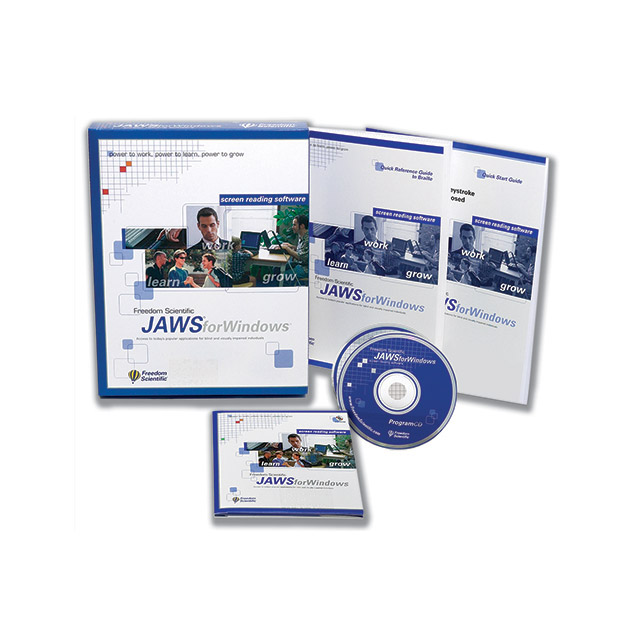
- #Magic screen reader software windows 10
- #Magic screen reader software code
- #Magic screen reader software professional
During this time, developer Glen Gordon started working on the code, ultimately taking over its development when Oppermann was hired by Microsoft in November 1994. Test and beta versions of JAWS for Windows (JFW) were shown at conferences throughout 19. A principal design goal was not to interfere with the natural user interface of Windows and to continue to provide a strong macro facility. In 1992, as Microsoft Windows became more popular, Oppermann began work on a new version of JAWS. This product, called WordScholar, is no longer available. In 1993, Henter-Joyce released a highly modified version of JAWS for people with learning disabilities. Freedom Scientific now offers JAWS for MS-DOS as a freeware download from their web site. Oppermann and Henter regularly added minor and major features and frequently released new versions. Skipper left the company after the release of version 2.0, and following his departure, Charles Oppermann was hired to maintain and improve the product.
#Magic screen reader software code
Ted Henter and Rex Skipper wrote the original JAWS code in the mid-1980s, releasing version 2.0 in mid-1990. What set JAWS apart from other screen readers of the era was its use of macros that allowed users to customize the user interface and work better with various applications. A feature unique to JAWS at the time was its use of cascading menus, in the style of the popular Lotus 1-2-3 application. It was one of several screen readers giving blind users access to text-mode MS-DOS applications. JAWS was originally created for the MS-DOS operating system. In April 2000, Henter-Joyce, Blazie Engineering, and Arkenstone, Inc. Joyce sold his interest in the company back to Henter in 1990. In 1985, Henter, along with a US$180,000 investment from Bill Joyce, founded the Henter-Joyce Corporation in St. JAWS was originally released in 1989 by Ted Henter, a former motorcycle racer who lost his sight in a 1978 automobile accident. The JAWS Scripting Language allows the user to use programs without standard Windows controls, and programs that were not designed for accessibility. A DOS version, sometimes also known as JDOS, is free. Before JAWS 16, the Home edition was called Standard, and only worked on home Windows operating systems.
#Magic screen reader software professional
There are two versions of the program: the Home edition for non-commercial use and the Professional edition for commercial environments.

#Magic screen reader software windows 10
JAWS supports Windows 10 and Windows 11 along with all versions of Windows Server released since Windows Server 2008. JAWS is produced by the Blind and Low Vision Group of Freedom Scientific.Ī May–June 2021 screen reader user survey by WebAIM, a web accessibility company, found JAWS to be the most popular screen reader worldwide 53.7% of survey participants used it as a primary screen reader, while 70.0% of participants used it often. JAWS (" Job Access With Speech") is a computer screen reader program for Microsoft Windows that allows blind and visually impaired users to read the screen either with a text-to-speech output or by a refreshable Braille display.


 0 kommentar(er)
0 kommentar(er)
